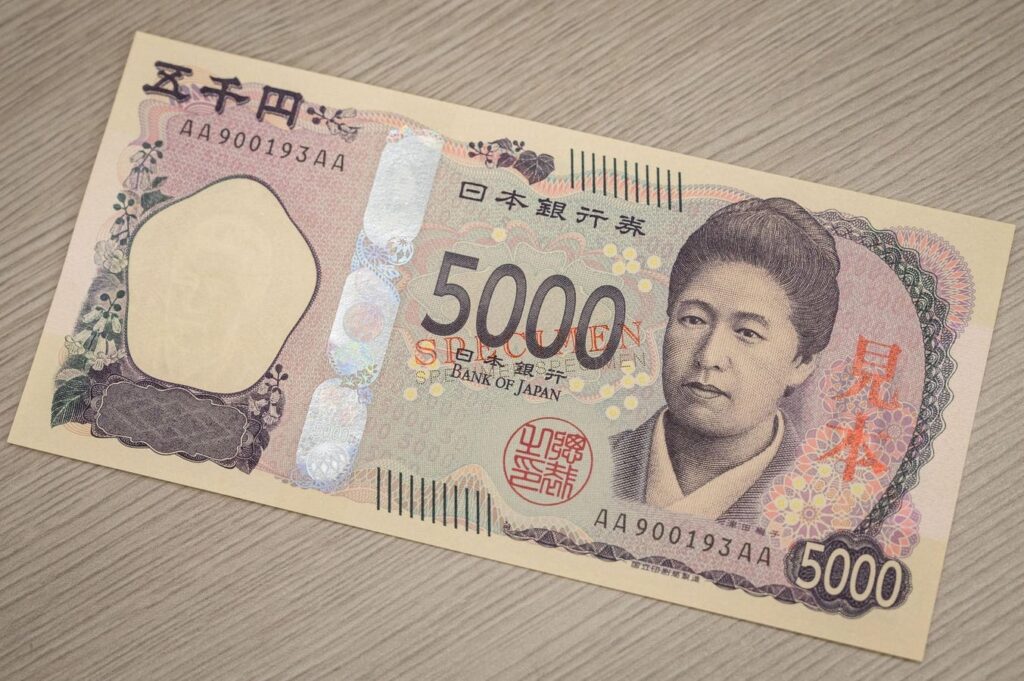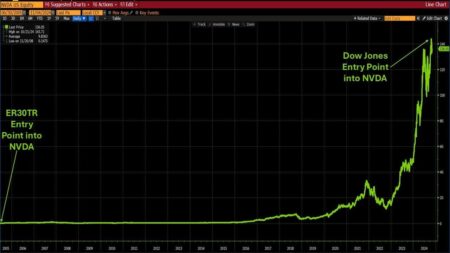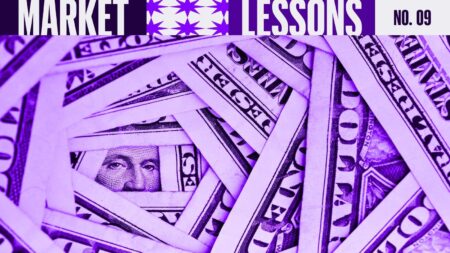It has been quite a month for the stock market as on August 1st many of the major averages had their largest one-day decline since October 2022. The sharp decline in US interest rates on August 1st moved the USD/Yen exchange rate even lower as it peaked in late June at 162. Those who had borrowed Yen to buy assets in higher-yielding currencies were then forced to cover the short positions in the USD/Yen and sell the higher-yielding assets.
The additional selling hit the market on Monday as most averages and ETFs, especially the growth ETFs, gapped lower and closed weak. The Technology Select Sector (XLK) closed on August 2nd at $204.75 and then opened Monday morning at $191.91, a drop of 6.3%.
Stocks rebounded from Monday’s lows to close well above the week’s lows. The Nasdaq 100 closed up 0.4% for the week while the S&P 500 was basically unchanged. Both have seen very sharp changes in their YTD performance as the S&P 500 YTD is now up more than the Nasdaq 100.
The Dow Jones Utility Average which had been up for the past few weeks was the weakest down 2.1%. This was followed by a 1.2% decline in the iShares Russell 2000. The Dow Jones Transportation Average was also lower for the week and is now down 3.6% YTD.
There have been several other sharp stock market declines that coincided with or some would say amplified by the currency markets. In August 1998 there was the Russian ruble crisis where the currency was devalued and their debt was devalued.
The NYSE Composite made its high in the middle of July at 6359, line a, but the next week closed at 6093. One week later it closed below the 20-week EMA and by early August it had reached 6500 and the weekly starc- band.
The NYSE Advance/Decline line peaked at the end of March and formed sharply lower highs over the next four months, line b. Comparing the slope of this line to the price chart, line a, created a distinct bearish divergence. This was further confirmed by the drop in the A/D line below the support at line c. This divergence carried over to the 2000 stock market top.
By October 1996 the unusual swing in interest rates caused by the Ruble devaluation forced the New York Fed to come to the rescue of Long Term Capital Management with a 3.6 billion dollar bailout as their hedge fund had blown up.
On August 11th of 2015, the People’s Bank of China had three consecutive devaluations of the Chinese Yaun. The stock market and the NYSE Composite had been moving lower since it peaked in May, line a, at 11,254. By the end of June, it had dropped to 10,864 and had closed below the 20-week EMA.
The NYSE All A/D line peaked in April 2015 and when the NYSE made its high four weeks later, the NYSE formed lower highs, line b, a bearish of negative divergence. Just six weeks later the the A/D line closed below its EMA as a part of a pattern of lower highs. The NYSE dropped 5.4% the next week as the Dow opened 1000 points lower on August 24th. A major bottom was completed in February of 2016.
A look at the current status of the NYSE Composite is quite different from either 2015 or 1998. The NYSE made a new all-time high just two weeks ago at 18,641 but had a low this week of 17,561. The long tail on the candle chart reveals that the NYSE closed well off the lows at 18,267. The close was also above the slightly rising 20-week EMA at 18,015.
It is even more important that the NYSE All A/D line made a new high three weeks ago. It is still positive as it is well above its rising EMA. The weekly NYSE Stocks Only A/D line as well as the S&P 500, Nasdaq 100 and Dow Industrial A/D lines are positive. The Russell 2000 A/D line is negative.
There are no negative signals from the weekly advance/ decline analysis and there were signs of panic selling on the recent decline. Therefore a major decline is not expected and without signs of a bull market top, a buying opportunity is likely in the weeks ahead.
The major averages did get sufficiently oversold on the recent decline. The low last week in Spyder Trust (SPY) was $510.27 which was well below the weekly starc- band at $523.9. The chart above identifies moves above and below the starc bands since early 2022.
They are identified on the chart by yellow circles and there were several oversold examples prior to the 2022 bottom in October. This week’s oversold reading is the first one since October 2022. The low in the QQQ last week was $423.45 which was well below the weekly starc- band at $435.44.
The stock market rebound last week was fueled by the oversold readings in the stock, bond and the weakness in the Yen rate. The 60-minute chart of the exchange rate shows a well-established downtrend, line a. There have been several pauses or continuation patterns in the downtrend that have been followed by further declines. The current rebound, lines b and c, appears to be over as the support at line c, has been violated. There is key resistance at 148 Yen.
The SPY and QQQ have not quite rallied back to their declining 20-day EMAs and they could be reached before the rebound is over. The technical readings suggest that a further decline is then likely in the week ahead. The selling could be increased by the inflation date report or could be reversed with strong buying in reaction to a better-than-expected CPI report.
Read the full article here
















